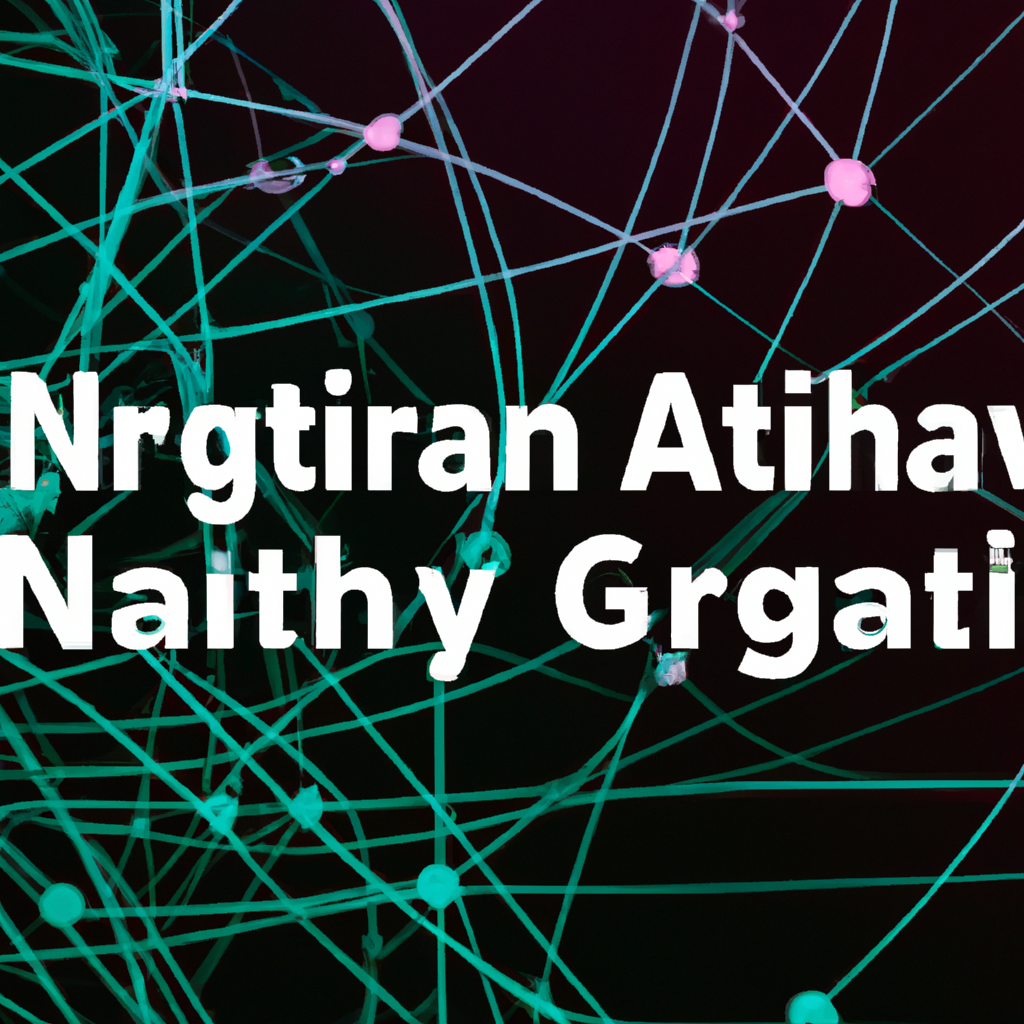Analyzing the Efficiency of Graph Algorithms in Network Analysis
Table of Contents
Analyzing the Efficiency of Graph Algorithms in Network Analysis
# Introduction
In the field of computer science, graph algorithms play a crucial role in network analysis. With the growing complexity of modern networks, such as social networks, transportation networks, and computer networks, efficient algorithms are essential for analyzing their structures and properties. This article aims to explore the efficiency of graph algorithms in network analysis and discusses both the new trends and the classics in computation and algorithms.
# Graph Theory and Network Analysis
Graph theory provides a powerful framework for modeling and analyzing complex networks. A graph consists of nodes (vertices) and edges (links) that connect these nodes. Network analysis involves investigating the relationships and patterns within a graph to gain insights into the underlying network.
# Efficiency Metrics
The efficiency of graph algorithms can be measured using various metrics, such as time complexity, space complexity, and scalability. Time complexity represents the computational time required by an algorithm to solve a problem, while space complexity refers to the amount of memory needed. Scalability measures how the algorithm’s performance degrades as the input size increases.
# Classics in Graph Algorithms
Several classic graph algorithms have been widely studied and used in network analysis. One such algorithm is Dijkstra’s algorithm, which finds the shortest path between two nodes in a graph. It has a time complexity of O(V^2) or O(E log V) using a priority queue, where V is the number of vertices and E is the number of edges. Dijkstra’s algorithm is particularly useful for route planning in transportation networks.
Another classic algorithm is the Breadth-First Search (BFS), which explores all the nodes of a graph in breadth-first order. It has a time complexity of O(V + E) and is often employed to find the shortest path, connected components, or detect cycles in a graph. BFS has numerous applications, such as social network analysis to identify communities or influence propagation.
# Efficient Graph Algorithms
While the classics provide a solid foundation, researchers continue to develop more efficient algorithms to handle the increasing size and complexity of networks. One example is the A* algorithm, an extension of Dijkstra’s algorithm, which incorporates heuristics to guide the search towards the goal node. A* takes advantage of an admissible heuristic function to reduce the number of nodes visited, making it more efficient than Dijkstra’s algorithm in certain scenarios.
Another efficient algorithm is the PageRank algorithm, developed by Larry Page and Sergey Brin for ranking web pages. PageRank assigns a numerical weight to each node in a directed graph based on its importance. The algorithm iteratively computes the PageRank score of each node by considering the incoming links from other important nodes. PageRank has become a fundamental tool in web search engines and social network analysis.
# New Trends in Graph Algorithms
With the advent of big data and distributed computing, new trends in graph algorithms have emerged to address scalability and efficiency challenges. One such trend is the development of parallel and distributed graph algorithms. These algorithms leverage the power of parallel computing architectures, such as GPUs or distributed clusters, to process massive graphs in a scalable manner. Examples include the GraphChi framework and the Pregel model.
Another trend is the use of machine learning techniques in graph analytics. Graph neural networks (GNNs) have gained attention as they can capture complex relationships in graph-structured data. GNNs enable tasks such as node classification, link prediction, and graph generation. Their ability to learn from graph data makes them valuable tools for network analysis.
# Conclusion
Efficiency is a critical aspect when analyzing networks using graph algorithms. Classic algorithms like Dijkstra’s algorithm and BFS provide a solid foundation, but researchers are continuously developing more efficient algorithms to handle the growing complexity of networks. The emergence of parallel and distributed graph algorithms, as well as the integration of machine learning techniques, opens up new possibilities for efficient network analysis. As technology continues to evolve, it is essential for computer science graduate students and researchers to stay updated with the latest trends and classics in computation and algorithms for network analysis.
# Conclusion
That its folks! Thank you for following up until here, and if you have any question or just want to chat, send me a message on GitHub of this project or an email. Am I doing it right?
https://github.com/lbenicio.github.io

